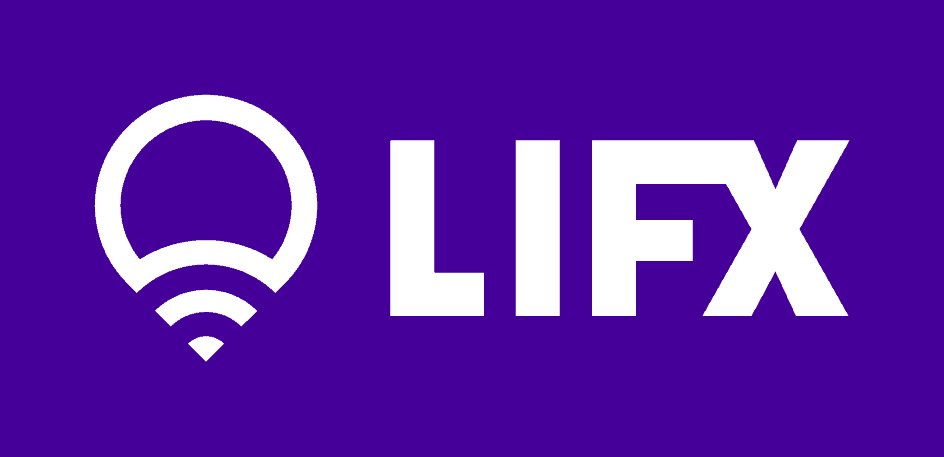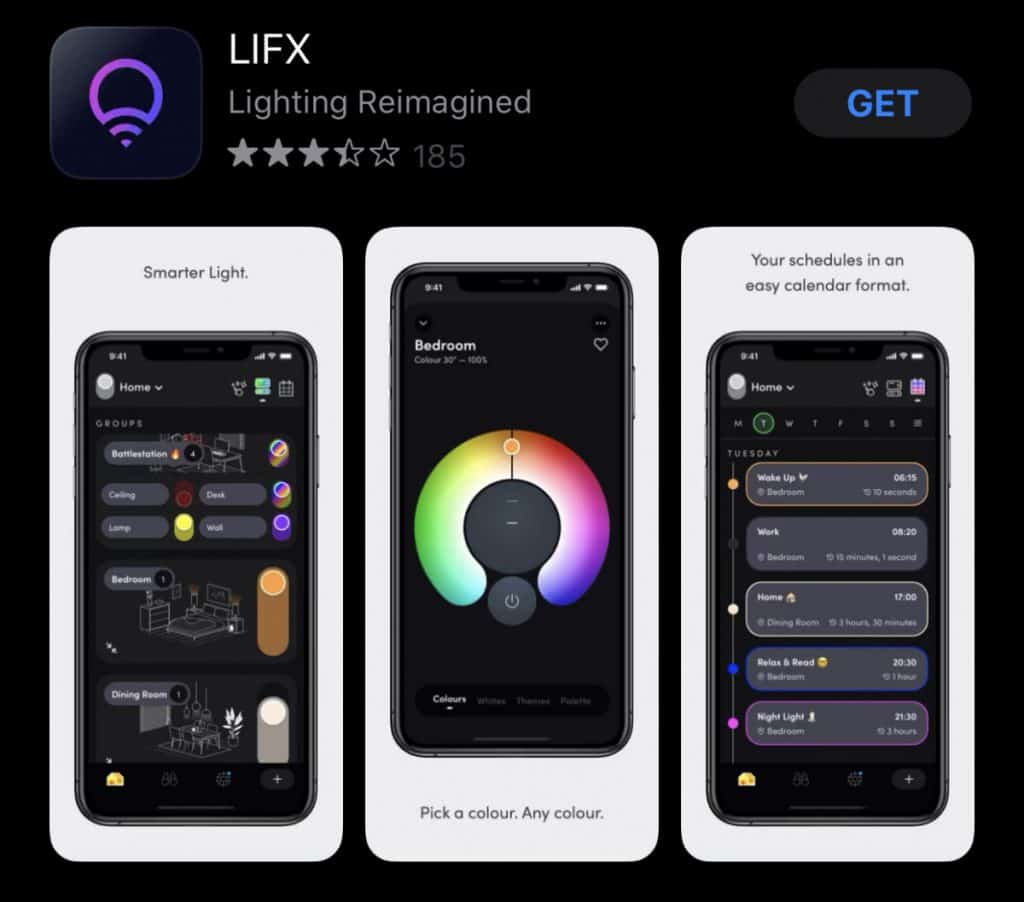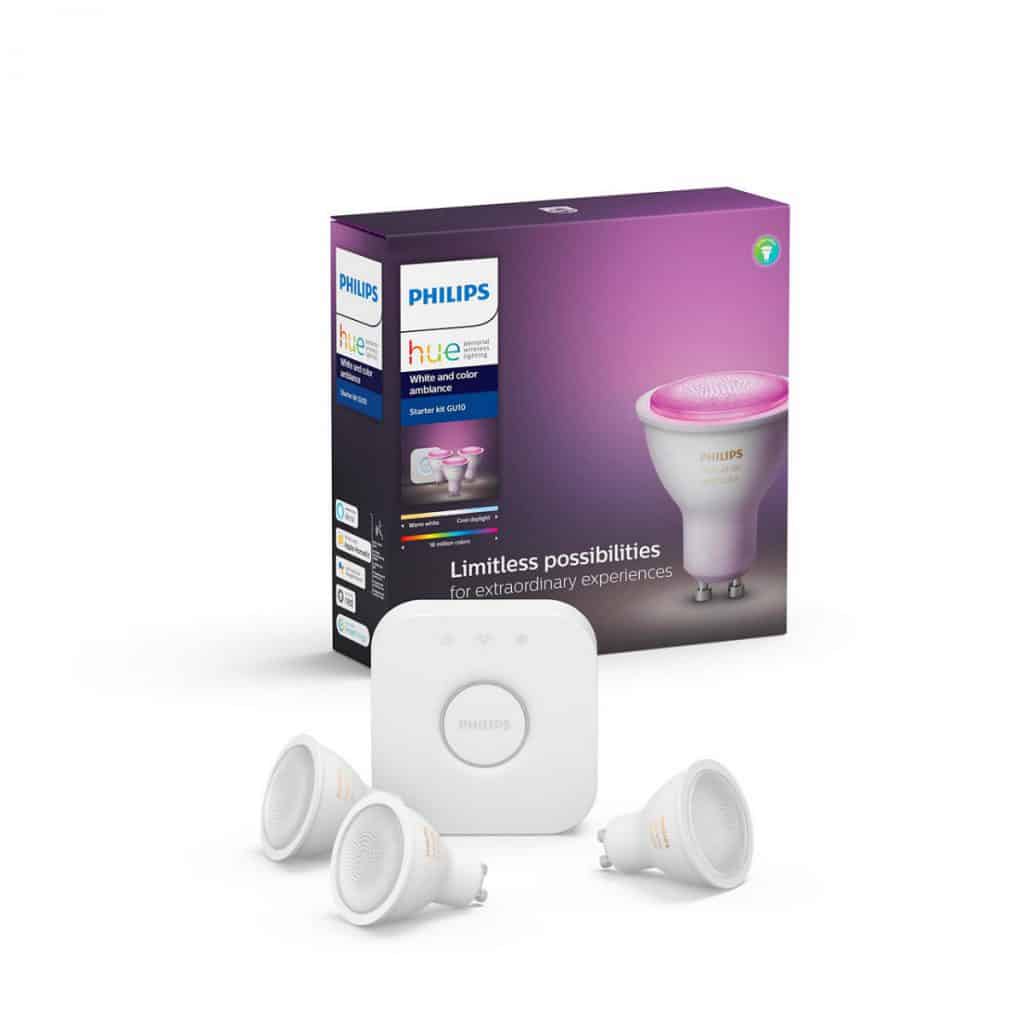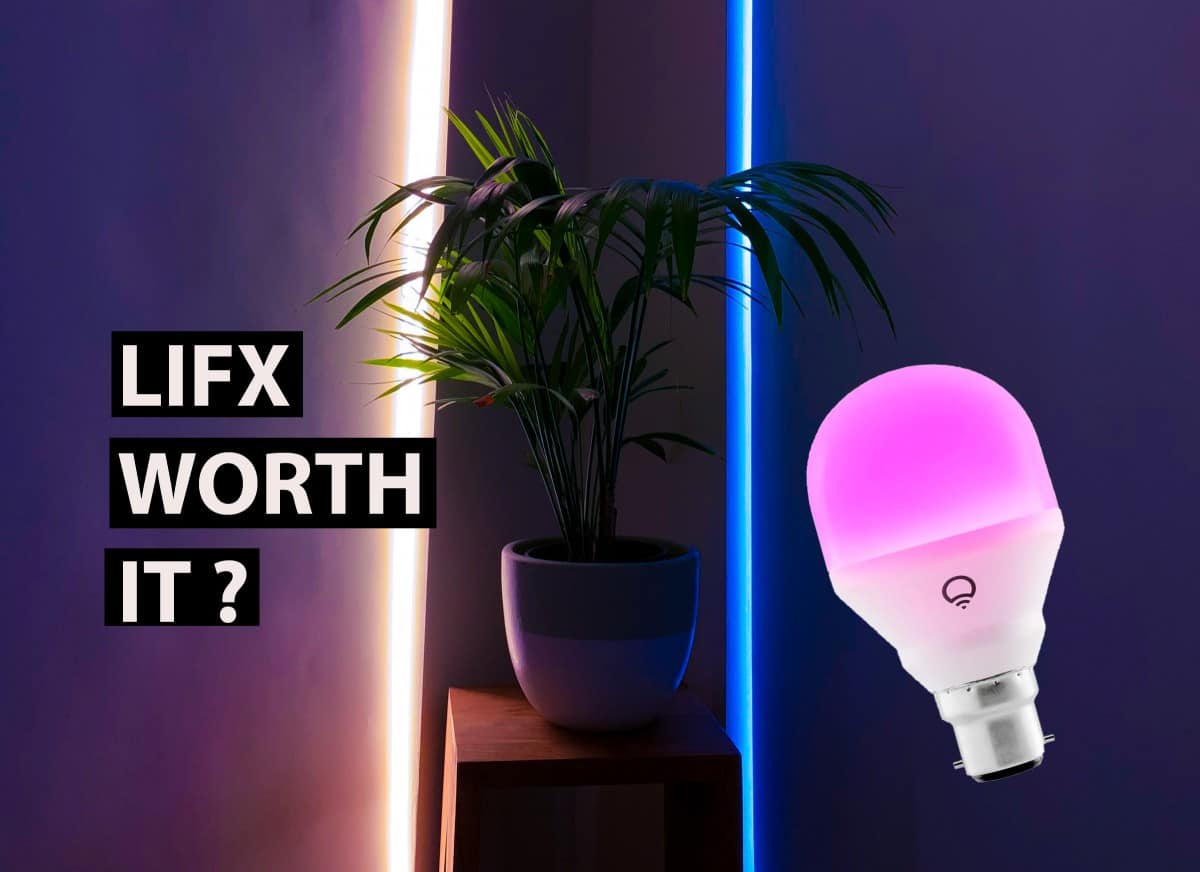There’s an intangible sense of class that comes when you fully deck out your home with smart lights. Having the ability to control your homes entire lighting system through your smart phone is one of those things you find yourself wondering how you ever lived without it…
You might be one of the many doing diligent research to find alternatives to the well publicised Philips Hue. If you’re looking at the same price range, then you might have heard of the other popular choice, LIFX.
Are LIFX bulbs worth it? LIFX bulbs are perfect for those who need only a few bulbs. Since they don’t require a hub, each bulb has WiFi technology to connect to the router. This can become a significant disadvantage when you plan to use as many as 50 smart lights in your home.
In this article, we will be discussing what makes LIFX different from other bulbs. This discussion will center around its ability to function without a hub, its compatibility with third-party apps, and the range of complementing accessories to the bulb. If you want to know whether you should get a LIFX bulb or not, continue reading.
Your Guide on LIFX Bulbs

A Primer on LIFX Bulbs
Alongside Philips Hue, LIFX bulbs have been one of the frontrunners of smart lights. Founded in 2012, these lights pack in the essential benefits of smart bulbs. They can be accessed away from home; they are energy-efficient; they can be scheduled on and off; and most importantly, they can change colors. In fact, this is one of the main selling points of LIFX bulbs.
What are LIFX bulbs known for?
LIFX takes pride in offering a range of 1 trillion colors on its color-changing bulbs. They are even known to be brighter and to produce more vivid colors than Philips Hue. What also makes them appealing to consumers is that they make smart bulbs accessible. Even if their bulbs are pricey, these lights are of high quality, and they do not require a hub to work.
How much do they cost?

As mentioned, LIFX bulbs are on the expensive side of smart lights. For E26 bulbs that can emit white and other colors, LIFX prices these at $60 on their website. However, if you buy the bulb on Amazon, you can buy it for $15 less at $45. If you compare this to Philips, E26 white and color ambiance Hue bulbs cost $50. This amount goes on top of the $60 initial cost for the Bridge, or the Philips Hue hub.
Do LIFX Bulbs need an extra hub?
Unlike Philips Hue, you don’t need an extra hub to get access to the different features of LIFX smart bulbs. To compare, let’s discuss a little bit about how Philips Hue bulbs function without a hub. Without a hub, Hue bulbs are basically Bluetooth-powered. This means that they can’t perform the functions that come with controlling the lights from the app. This includes the use of scenes and timers. However, you can still pair the lights with your smart home system and they can still be activated with your voice.
LIFX, on the other hand, can be connected to your phone with WiFi. Each bulb has a WiFi technology that easily integrates bulbs to your home system. However, if you are looking at getting many smart lights, LIFX may not be for you. LIFX users say that you need a strong WiFi signal (at least 2.4GHZ) all around your house for the lights to function properly. Thus, you may need to purchase signal extenders to help out with reaching dead spots in your home.
Clearly, LIFX can be inefficient if you plan on having a lot of smart bulbs. The Ambient’s “LIFX complete guide” cites a perfect example to illustrate this. On their guide, they said that if you are an Apple Homekit user, you would have to add each of the Hue bulbs separately to the Home app. But, if you had a hub like the one from Philips Hue, you would only have to add the hub. All the bulbs connected to that hub would automatically be connected to your phone too.
What are in the LIFX bulbs ecosystem?

Wide Product Line
LIFX does not lack in providing variety in its smart bulbs. They have A19 and BR30 lights that have “night vision.” This means that these bulbs will still emit light even when they are off. This is a very useful feature for those who keep security cameras in their homes. LIFX also has the popular LED strips from Philips Hue. However, what makes the LIFX alternative better is that it can produce multiple colors at once, something the Philips Hue strips cannot do.
You might also want to check other LIFX products like Lifx Candle Color, Mini Color, Mini Day & Dusk, and Downlight.
Lack of Official Accessories
Unlike the Philips Hue Bulbs that have a wide range of accessories from dimmers to motion sensors, LIFX is pretty much disadvantaged in this department. Having official accessories to be used with the hub-less LIFX bulbs could mean requiring more power and signal from your WiFi. Consequently, some LIFX users have found a workaround to this set-up by using SmartThings to control the lights with switches and motion sensors.
So, if you compare all this effort to the simple Hue system with the Zigbee protocol, you could see how much more efficient Philips is, not just in set-up but also in power efficiency.
Is the native LIFX bulbs app worth it?

Reviews from here and there always seem to praise the native LIFX bulbs app. The LIFX interface is, easily, one of the most user-friendly yet customizable controls from your phone. Needless to say, it can perform basic functions like turning lights and off and changing the dim and color settings. With the app, you can also group your lights to achieve color themes.
Another notable feature is the Music Visualiser. This feature essentially just syncs the lights to your music by accessing your phone’s microphone. Like other bulbs, you can also set the lights to turn and off randomly to make intruders think you are at home or set a timer to ensure lights are off by the time children are asleep.
What third-party apps can you use with LIFX?
There is a wide range of third-party apps you can use with LIFX. This includes Amazon Alexa, Google Assistant, Apple’s HomeKit, Works with Nest, SmartThings, and IFTTT. Clearly, this compatibility is one of the things that gives LIFX its edge over other smart lights. Even without a hub, customizability is still very achievable with the help of the many available third-party apps today.
Why not Hue?

For a quick refresher on Hue vs. LIFX, let’s summarize the advantages of getting Philips Hue bulbs. Hue smart lights generally have more support from its own product line. They have accessories that make using the lights even easier and make getting the lights a good investment. Despite the growing number of choices from LIFX, Philips Hue still offers the widest choices for light fittings.
Furthermore, Hue is also more efficient for a wider smart home system. This means that if you plan to make almost all of your lights smart, then Philips Hue is for you. The hub makes things a thousand times easier and it makes consolidating the lights with other technologies a breeze. But, if you plan to use smart lights for one to three rooms, then a hub might not be something you really need. Thus, you can go for LIFX.
Who should get LIFX bulbs?
Basically, if you have no need for a hub, you should get LIFX bulbs. On top of that, there are also three reasons you could also have to want to buy LIFX bulbs.
First, if the size is important to you, LIFX is a good choice. Their product line offers lights that have a very compact size, perfect for areas where bigger bulbs cannot fit. Next, if color nuances are important to you, LIFX is the best when it comes to color. They are vivid and they offer the widest range of colors. Lastly, if compatibility is important to you, LIFX today can pretty much work with anything.
But, if the shape is important to you, LIFX may not be the perfect match. Their bulbs have a flat top which is not the conventional look of bulbs and may also hinder light distribution. Moreover, as mentioned several times earlier, if you plan on adding more lights, LIFX may also not be the best choice. Just imagine hooking up more than 50 smart devices composed of lights and accessories to your wifi. Yes, it could be really inefficient, especially that some LIFX bulbs have disconnection issues.
Conclusion
All in all, LIFX bulbs are worth it to users who don’t need a lot of smart lights. With its quality and compatibility, it’s really worth your money. However, it’s not the wisest choice for those who are looking to add more lights in their home. LIFX is not the most flexible choice when it comes to using more and more smart home technologies in the future. So, think about what you need. How many lights are you planning to use? If you have an answer for that, then you have an answer for whether LIFX bulbs are worth it to you or not.
hope you enjoyed reading this article, if you found it useful then share it with other people who might be interested in learning more about lifx bulbs!
Steve
P.S.
I listed these additional articles earlier in the article. If you’re interested in reading more about some of the more smart lights checkout some of the other houshia articles including:
- Nanoleaf Stuck On White – The Easy Fix
- Hue Lights and Nano Leaf – Step by Step Guide
- Are Nanoleaf Panels Worth It?
- Debunking the Light Panel Monopoly: Your Guide to Nanoleaf Alternatives

